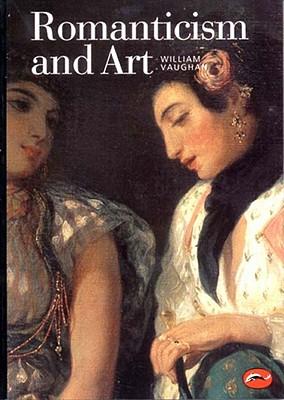In the age of revolutions, at the end of the eighteenth century, the mental and spiritual life of North America and Europe began to undergo a historic and irreversible change. The ideas of spontaneity, direct expression and natural feeling transformed the arts, encouraging artists to explore the extremes in human nature, from heroism to insanity and despair. Widely praised on its previous appearance as Romantic Art and now revised, William Vaughan's classic study analyzes the achievement of the leading artists of the age - masters such as Goya, Blake, Gericault, Turner and Delacroix - and sets in context a host of fascinating figures in painting, sculpture and architecture: Palmer, Runge, Soane, Gros, Overbeck, Schinkel, Flaxman, Pugin, Bingham and many more. The result is an invaluable account of a dramatic and contradictory artistic epoch.

In the age of revolutions, at the end of the eighteenth century, the mental and spiritual life of North America and Europe began to undergo a historic and irreversible change. The ideas of spontaneity, direct expression and natural feeling transformed the arts, encouraging artists to explore the extremes in human nature, from heroism to insanity and despair. Widely praised on its previous appearance as Romantic Art and now revised, William Vaughan's classic study analyzes the achievement of the leading artists of the age - masters such as Goya, Blake, Gericault, Turner and Delacroix - and sets in context a host of fascinating figures in painting, sculpture and architecture: Palmer, Runge, Soane, Gros, Overbeck, Schinkel, Flaxman, Pugin, Bingham and many more. The result is an invaluable account of a dramatic and contradictory artistic epoch.